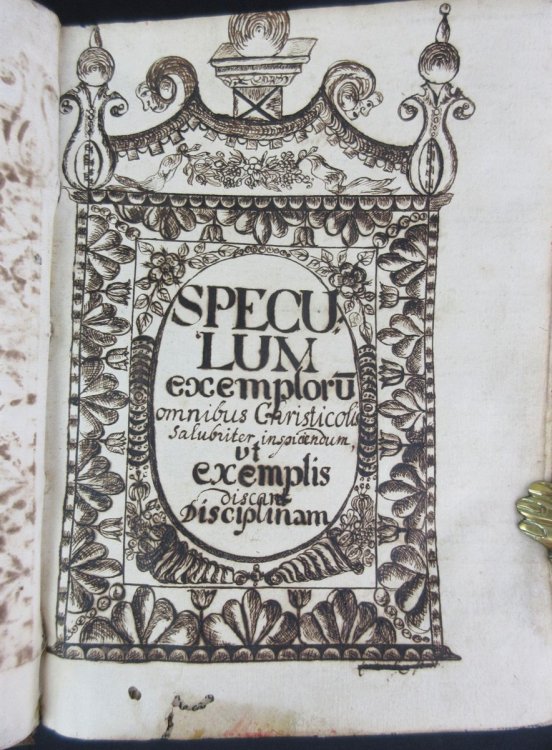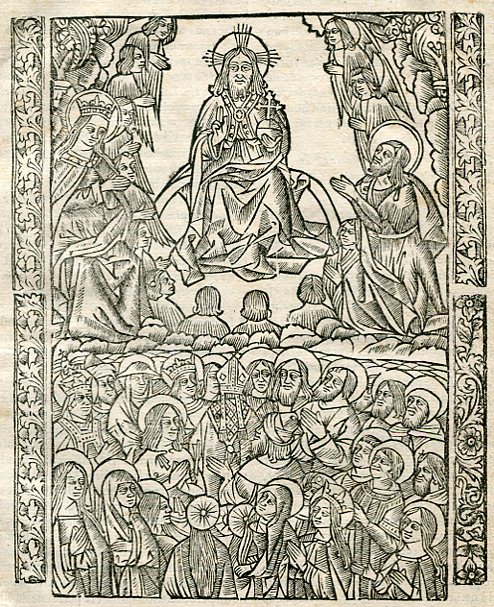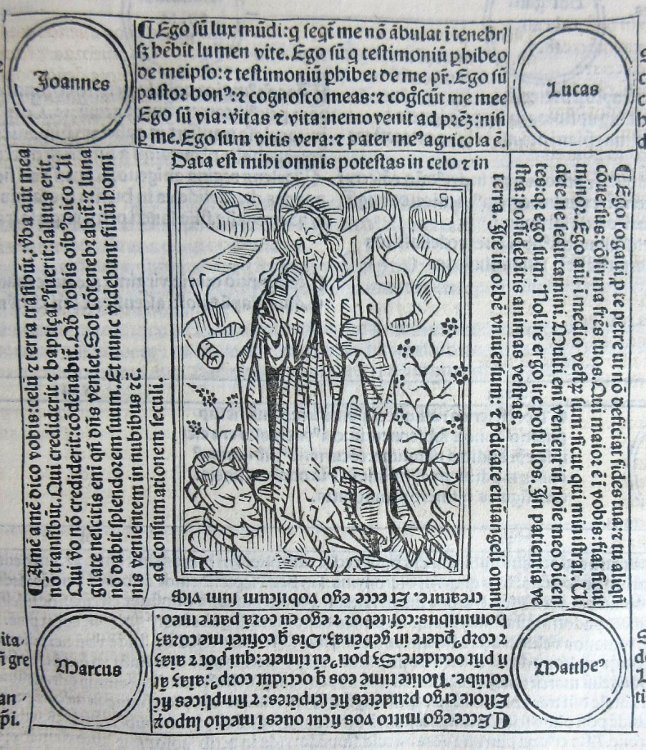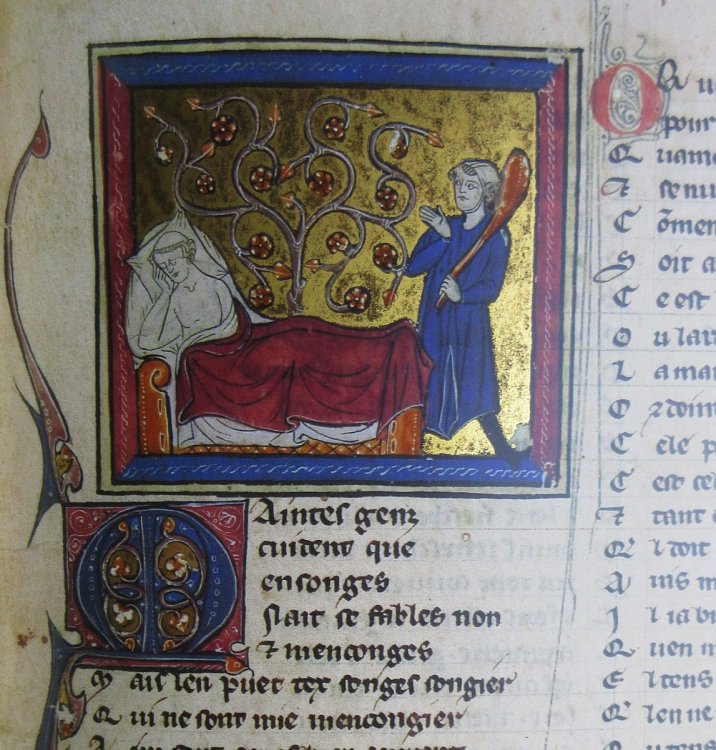
Speculum Exemplorum Omnibus Christicolis Salubriter Inspiciendum Ut Exemplis Discant Disciplinam
$4,488.75 USD • Used
284 leaves (of 286, wanting a1, the simple 3 line title which is supplied in a fanciful and lovely 16th or 17th century manuscript facsimile, and O8 the last blank). Printed 5 Dec 1495. Small foli...
284 leaves (of 286, wanting a1, the simple 3 line title which is supplied in a fanciful and lovely 16th or 17th century manuscript facsimile, and O8 the last blank). Printed 5 Dec 1495. Small folio. In 16th century leather blind stamped with flowers and decorations, four raised bands, old paper labels. ISTC is00655000. Text is 2 columns, 52 lines. The 27 leaves of the Tabula at the front have repairs to the edges and often remounting, affecting texts, these pages also closely trimmed. Text is clean, some pages very closely trimmed with mostly text headers affected, last leaf has some neat ink math involving the printing date of 1495. A collection of moral examples from the works of Saint Gregory the Great, Peter Damian, Jerome, Bede, as well as others, along with sections devoted to Jerome's Vita Patrum. In reading these exempla we find many vivid accounts, such as the story of English princess Aethelthryth, (or here Edilfrida) who was married to the probably somewhat frustrated teenaged King Egfrith for twelve years but who nevertheless remained a virgin, (duodeci annis matriomonia iuncta in virginitatis). After Egfriths death, she repeated the virginal feat with her second husband. Long attributed to Aegidius Aurifaber, the collection is now considered to be the work of Johannes Busch, an Augustinian from Windesheim and advocate of monastic reform. Section 10 is especially important because it contains stories known to the compiler only from oral sources. The localisation of this oral tradition to northern Netherlands supports the identification of the compiler as Johannes Busch (1399/1400-after 1475) instead of the earlier attribution to Aegidius Aurifaber. Busch was a proponent of the Devotio Moderna, one of the principal Brethren of the Common Life and a member of the house at Windesheim, the center of the DM movement. Busch took a very prominent part in reforming monasteries in the spirit of the Council of Basle, enjoying the support of his powerful friend Nicholas of Cusa, and rising to the role of inspector for all provincial monasteries with the power to reform whatever disorders he found. The exempla here are intended to encourage others to better themselves, to follow in the footsteps of the holy, a sort of medieval Chicken Soup for the Soul, although rather better written with the authority of the Church behind it. As Busch purportedly told it, he saw himself leading the nuns under his purview (and presumably others) to Heaven by way of example. In accordance with the reformist aspect of the author, this book (in fact, probably this very edition of 1495) was recommended by prominent humanist Johan Surgant (ca. I450-I503) who sought to combine the ideals of medieval Christianity with elements of new learning, as did many of the early transalpine humanists. He belonged to the circle of Alsatian-Swiss 'eruditi' which included his one-time teacher and later colleague, Heynlein von Stein, and his friends Sebastian Brant, Jakob Wimpheling, and Johann Amerbach. Surgant wrote: You ask me which books might be most (plures) useful to you, necessary, if you have to get along with little in the beginning. In answer I advise you that you should have and proceeded to mention the Speculum Exemplorum as number six on his listing of ninety important titles. According to Christie's the printer "The eponymous press known as the 'Printer of the 1483 Jordanus de Quedlinburg', is accepted as that of Georg Husner. Husner signed only 4 books (one in 1473, two in 1476 and one in 1498) , but there was enough anonymous printing done at Strassburg to keep several presses busy, and if Husner only signed three books at the beginning and one at the end of his career, he may, during a long period, have been active as a printer without signing any at all." The 1495 is a close reprinting of Husner's 1490 edition. Scarce in commerce, with an unusual and striking manuscript title page. ; Folio 13" - 23" tall; 568 pages
Product Info
Publisher: (Printer of the 1483 Jordanus De Quedlinburg, I. E. Georg Husner)
Year: 1495
Type: Used
Binding: Hardcover
Seller Info
RSPetrasLeafandStoneBooks
Address: 69 Harris Ave. Toronto, Ontario
Website: https://www.leafandstonebooks.com
Country: Canada

![Rosario De La Gl[Or]iosa V[Er]gine Maria [Rosario De La Gloriosa Vergine Maria] Post Incunable](/images/stores/3677/11531.jpg)
![[De Eruditione Christifidelium]](/images/stores/3677/12186.jpg)

